So here’s an idea of what I try to accomplish in what order the first few days of Daily 5:
Because I really believe kinds need lots of practice just learning to sit, stand, walk down the hall, make a lunch choice and build community during that first day of school, there is only one thing I do regarding Daily 5 on the first day of school.
- Students get acquainted with their book boxes as they arrive. I’ve preloaded the boxes with a variety of picture books and easily readers based on the interest inventory I sent and received back from their parents. What? You don’t have an interest inventory? You need one. I’ve revamped the below one a little bit from two years ago to make it editable. So why don’t you go ahead, grab it and use it if you can. Remember, one of the easiest ways you can differentiate is through interest so this is a no brainer. You can be differentiating from day one (make sure you point it out to your administrators when they walk through. They will be oh-so impressed! I promise!
L
Lesson 1
- Foundation Lesson The sisters suggest starting with ‘Three ways to Read a Book,” but in my kindergarten class, I start with: “How to manage and care for your book boxes and books.” (7-10 minutes)
-
I feel like if I don’t model this and let them practice, I end up with book boxes banged and played like a drum and books with ripped pages and covers. But if I model and let them practice, then I have far fewer destroyed books and book boxes being played like a drum. It’s kindergarten after all. They need to see it and practice it. In the same Daily 5 fashion, have a student model the appropriate ways to handle their book boxes and ask your ‘what did you notice . . .?” questions.
- Brain Break/Movement: (5-10 minutes) Time for a kinesthetic break. Select a getting to know you activity or great game. At the beginning of the year I like to play ‘hot potato’ with a beach ball and make the kiddos say the alphabet, saying the next consecutive letter as they hit the ball.
Lesson 2
- Foundation Lesson: Word Work: Setting up and Cleaning up Materials (7-10 Minutes) My goal the first several days of Word Work is to get my students into good habits in regards to how to handle materials during Word Work. This foundation lesson focus not so much on a specific Word Work station, but stations and materials in general. Follow the 10 Steps to Independence and set up your I-Chart. For today I focus on:
- Setting up and cleaning up materials
As soon as you are finished with the lesson, I give them a chance to explore the materials.
Lesson 3
- Foundation Lesson: 3 Ways to Read A Book (7-10Minutes) With kinders, I only start by teaching them how to “read the pictures.” Pick a fun and engaging picture book. Again you will need to model how ‘read the pictures’ looks. Use a lot of ‘I notice that . . ‘ and ‘ ‘ . . . I wonder . . .’ verbalization about the book.
- Time for another break. You can either give them music, movement or play a kinesthetic game. I realize that this a great deal of starting and stopping but your little guys need this. After 7-10 minutes of a lesson, you are going to start losing them. (Get a copy of 3 Ways to Read a Book by clicking on the picture below.)
- Foundation Lesson: Read To Self: Read the Whole Time and Stay In One Spot Remember the 10 steps to Independence in order to accomplish this. (7-10)
- Quickly place your students around the room.
- Practice building stamina (you might only make it 1-2 minutes). Remember to stay out of the way and stop as soon as you see stamina being loss.
- Return students to carpet to reflect and check-in. (The sisters suggest filling in the stamina chart at this point, but I don’t start that until I can introduce it the next day when I do a lesson on ‘building an urgency for reading.’
- This will probably get you through the first day. You can separate the lessons out between other activities through out the day.
Lesson 1
- Review: Read to Self I-chart and talk abut Building Stamina (add it to the chart). Spend time talking about ‘why we need to practice reading.’ Introduce the word ‘stamina’ to your class. This is a big word for kindergarten. I like to talk about building muscles and how it takes a lot of time and practice. You can’t just go out a lift a great big barbell. You have to work yourself up to it. Reading is the same way. Introduce your stamina chart to your class and talk about how we will be tracking our stamina everyday. This becomes an important class activity. Students love to see how long they read. In my own class, I tell them that when they reach their goal, we will have a ‘stamina party’ because we will have reached our goal. If you would like to see more on my ‘stamina party’ from last year, just click the picture below.
- Practice building stamina, check-in
Lesson 2
- Review Word Work: Set up and Cleaning up Materials I-Chart. Introduce next Word Work Expectation: How to Use Materials and build your I-Chart (7-10 minutes)
- Practice and explore word work stations
- Reflect and check-in
- Do this three times so that students are traveling and exploring three different stations and coming back, reflecting and checking in in-between each time.
Lesson 3
- Foundation Lesson: Review ‘Read The Pictures and Introduce ‘Read the Words‘ and add to the How To Read A Book-Chart. Model. (No more than 10 minutes)
- Seat students around the room and practice building stamina, stay out of the way, bring back for check in after stamina seems to be broken. Record your minutes on your stamina chart.
- Foundation Lesson: How to read a book: Retell (Model and add this strategy to your How To Read A Book chart-No more than 7-10 minutes)
- Brain Break (3-5 minutes)
- Review Read To Self I-Chart
- Seat students around the room
- Practice and build stamina
- Stay out of the way
- Check in and record stamina
DAY FOUR
- Foundation Lesson: Review ‘Read To Self” I-Chart and add the last two behaviors that are necessary for success: Get started right away and work quietly. (7-10 minutes)
- Model what this does and doesn’t look like
- Review Three Ways to Read a Book
- Seat students
- Practice building stamina
- Stay out of the way
- Check in, record and reflect
- Brain break
- Foundation Lesson: Review Word Work I-Chart and introduce how to use any new materials (This may seem redundant, but I find that in those first several weeks the more we review this, the smoother they rest of the year goes.) Go through the 10 steps towards building independence. (5 minutes)
- Practice word work
- Check in
- Do it three times
- Foundation Lesson: Introduce Listen to Reading and Set up I-Chart. Focus on the first two areas for Listen to Reading: Setting up and cleaning up equipment and Using the materials. Make sure you are following the 10 Steps. (7-10 minutes)
- Brain Break
- Review Read to Self-I-Chart and Behaviors
- Practice building stamina
- Check in, record stamina and reflect
- Foundation Lesson: Read to Self: Choosing a successful place to read Build your I-Chart and expectations following the 10 steps to independence. (7-10 minutes)
- Brain Break
- Review Read To Self I-Chart and Expectations
- Practice stamina, check-in, record and reflect
- Review Word Work-I Chart and introduce any new materials (5 minutes)
- Practice, check-in, record and reflect (3 times at 5-7 minutes each)
Lesson 3
- Foundation Lesson: Listen to Reading: Review first two expectations and add Listening and following along to the I-Chart (7-10 minutes)
- Brain Break
- Review Read to Self I-Chart
- Practice, check-in, record and reflect
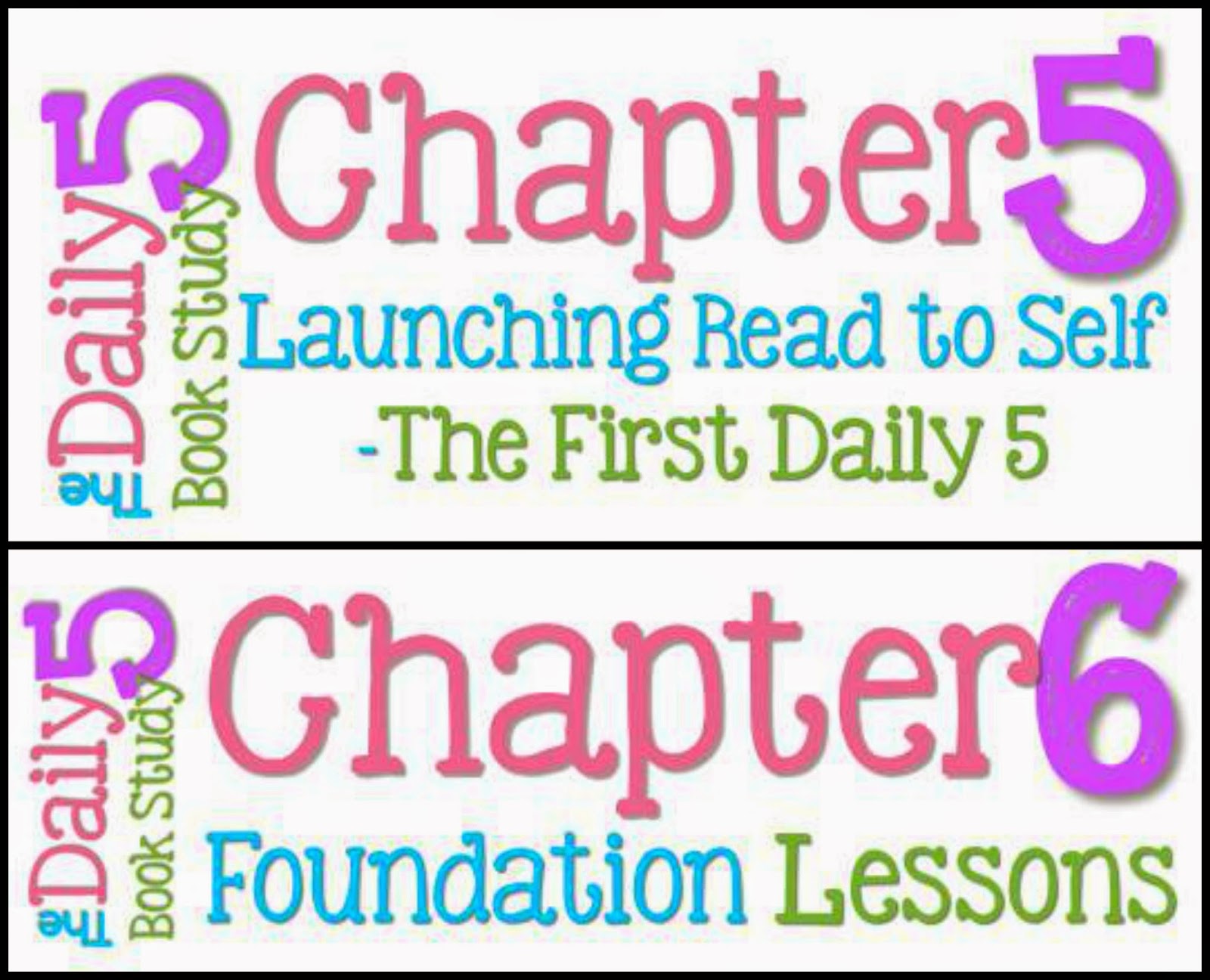



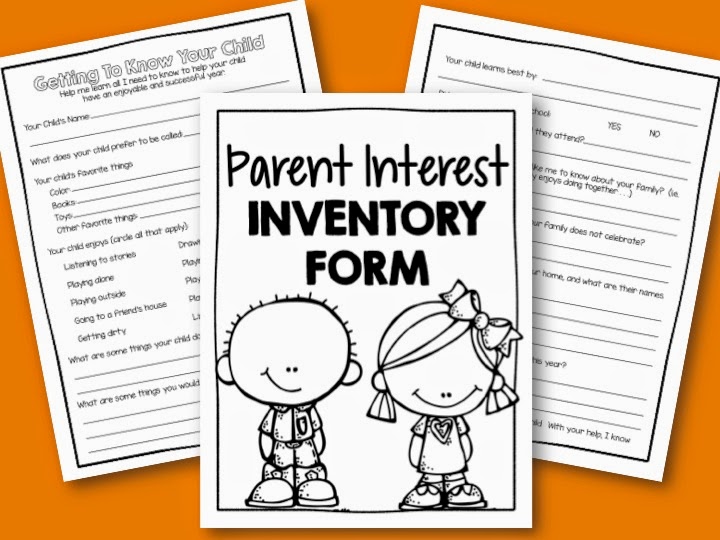

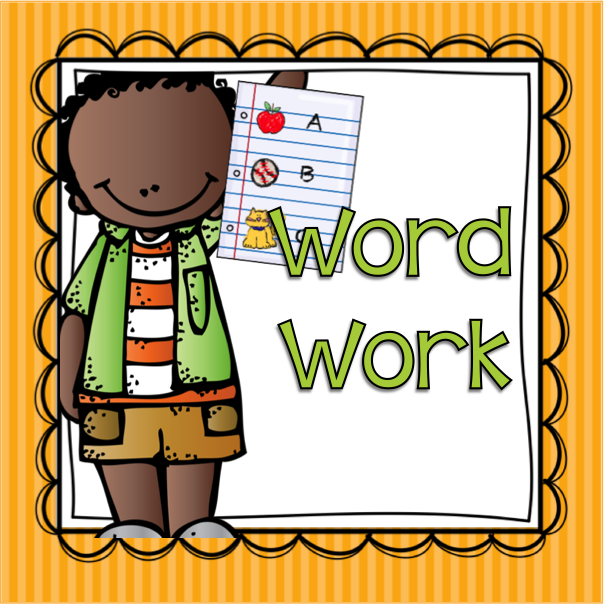

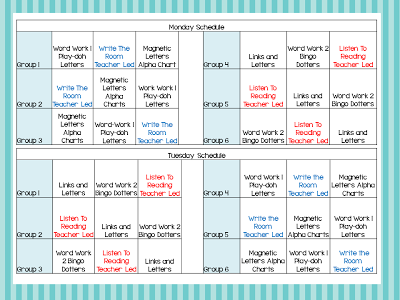
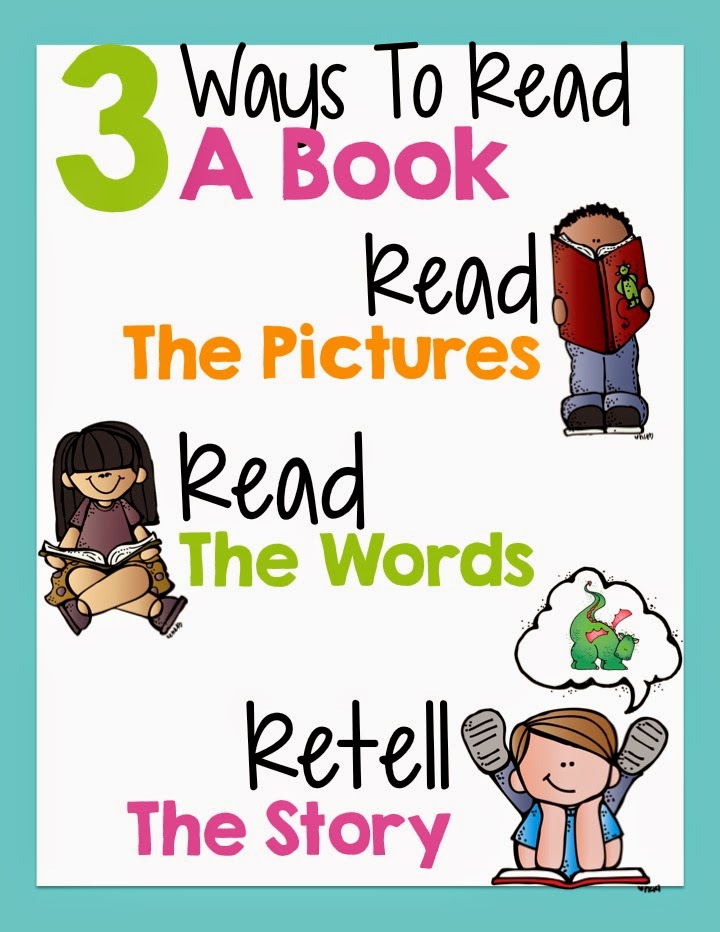
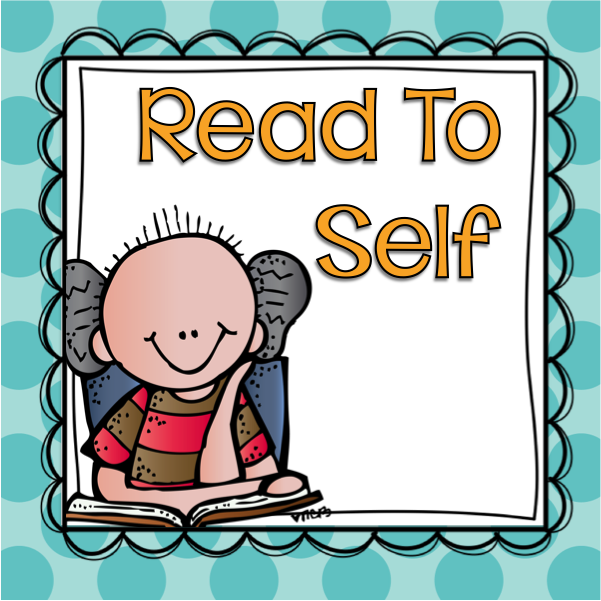

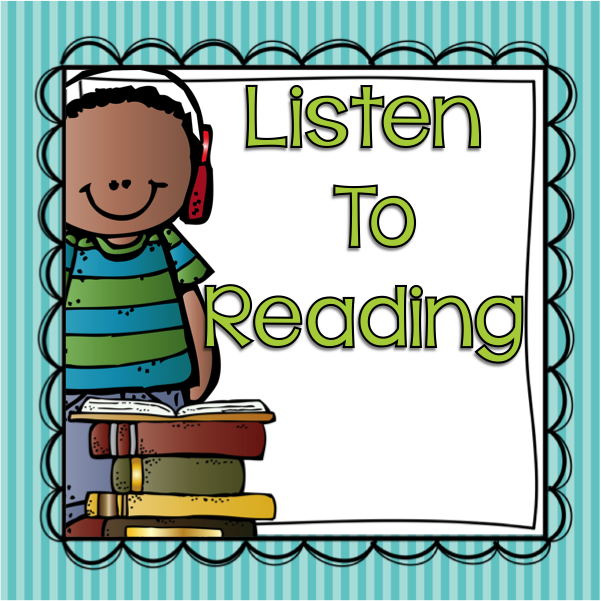

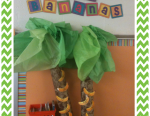





What a great detailed post! I will definitely use this as a reference as I plan things for the first days of school. Thanks!
I have done daily 5 before with 2nd graders but was wondering how much to break it down for kinders. This was great! Can’t wait to read the rest of the posts
I LOVE the pics of the boys with magnifying glasses!
Jennifer
First Grade Blue SKies
Thanks for the suggestions for applying the daily 5 to kinder. I love the idea of daily 5 but was having trouble wrapping may brain around it with my kinders. Your suggestions were similar to what I was already thinking on my own. Thanks.
I just discovered your blog last night as I was preparing for my first year in Kindergarten. I’ve formerly been a special education teacher as well as a Universal Design for Learning facilitator but this will be my first time in the classroom after teaching for 8 years! WOW! I’m so happy I found you… your blog has been so helpful in more ways than one. I love your helpful posts and your wonderful products on TpT. Thanks so much!
Is your “3 ways to read a book” poster available somewhere. It’s SO ADORABLE! !
Love your blog. Began teaching kindergarten in September and on to my second year. Have been coming to your site regularly throughout the year and purchased ball words and cvc word bundle to help students in reading area (which they loved). It is helpful as my whole kindergarten team, with exception of one, were newbies and we desperately needed guidance. Thank you for your explicit detail in your posts! I am hoping for a more successful school year thanks to your book recommendations and your workstation set up.
Thanks so much Nicole. I’m glad you like it and that I could help.
Marsha
I really appreciate all the time you put into your detailed posts! I find myself rereading this one and your Jan Richardson book study ones constantly! I teach at a school on a military base, so students are constantly coming and going. This five day plan will be perfect for when we return from break! Thank you!!
Thank you so much for this detailed post! As a new teacher coming into a school that uses Daily 5 can feel overwhelming. Your breakdown and step by step walk through has really helped me focus on what to do in my classroom.